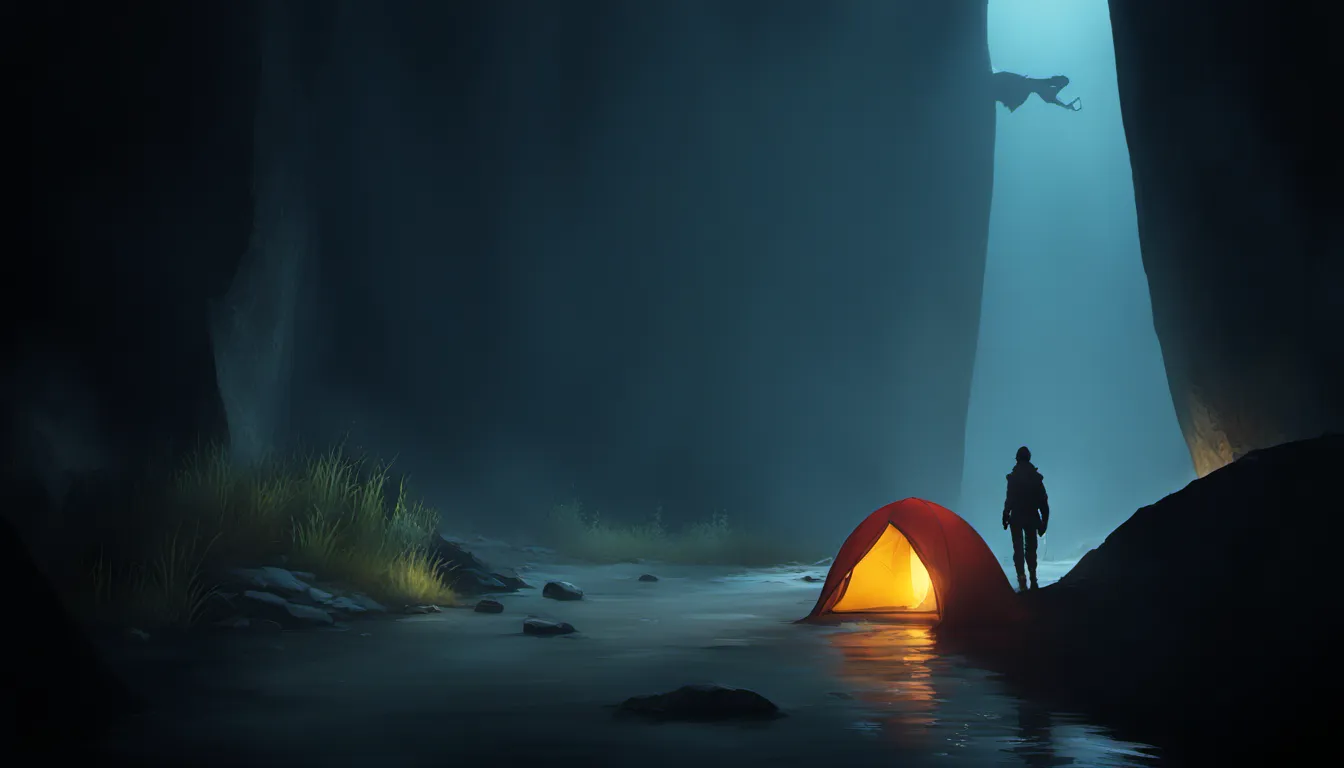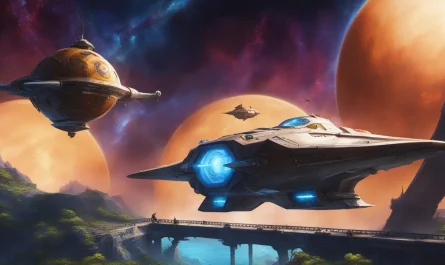In the year 2016, the same year that Limbo’s follow-up game Inside received critical acclaim, two of the developers from Playdead’s latest puzzle platformer made a significant announcement: They were departing from the company.
After their work on Inside, lead gameplay designer Jeppe Carlsen and programmer/composer Jakob Schmid decided it was time to establish a new identity and a new studio. They founded Geometric Interactive and began working on Cocoon, an ambitious puzzle game that would be fundamentally different from their previous projects. Carlsen described it as “too fascinating to not do it.”
“Initially, it was just a series of thought experiments about exploring a hierarchy of worlds and manipulating it in interesting ways to create puzzles with a fresh way of thinking,” Carlsen explained. “Everything started with that mechanical idea… And the more I thought about it, the more convinced I became that this game had to be made. It was too fascinating to ignore.”
The protagonist in Cocoon carries an orange orb to progress through the world.
According to Carlsen, Cocoon was the foundation upon which Geometric Interactive was built. However, transitioning from working within a studio to creating their own presented its own set of challenges.
“It was very intimidating at first,” Schmid admitted. “There was a lot to handle.”
Schmid also mentioned that as a founder, he took on many responsibilities, particularly in regards to the game’s audio, music, and sound, until they brought in additional developers. Carlsen, on the other hand, saw this as an opportunity to take on more responsibility, something he had been longing for.
“When I left Playdead, the company had grown to a certain size. And when a company reaches a certain size, there will always be someone better than you at most things,” Carlsen said. “I’m a decent programmer. I’m not the best programmer in the world, but I do enjoy programming. Starting over provided the variation that I had been missing.”
Creating Geometric Interactive and developing Cocoon allowed Carlsen to explore a new identity rooted in computer science, geometry, logic, and mathematics. As a result, Cocoon’s design differed from what one might expect. Carlsen revealed that the game’s plot, tone, and setting were initially uncertain. Instead, they focused on a more mathematical approach to game design. However, envisioning a game and bringing it to life are two distinct challenges.
“There’s always a bit of anxiety when you start building the game because that’s when you encounter all the problems. But most of the challenges were in those initial steps, and it was a pleasant surprise that it all made sense,” Carlsen shared. “Of course, there were unseen challenges, especially for Cocoon. The biggest game design problem was, ‘How do I structure this so it’s well-paced and always accessible?'”
The structural challenges in Cocoon are evident. Players control a beetle-like insect that explores unique biomes in search of orbs containing entire worlds. These orbs can be placed into mechanisms that project them onto the ground, allowing players to seamlessly enter them. However, each orb grants the player a unique power that is lost once it is set down. This creates an intricate puzzle as players manipulate orbs and navigate the game’s unique logic to progress.
The protagonist in Cocoon explores an alien area with a cellular appearance.
To address the complexity and provide structure, Carlsen decided to keep certain aspects of the game simple. The team opted for a linear experience with straightforward mechanics: four directional keys for movement and a single button for interaction.
“From the very beginning, I knew that this game idea was probably the most complex I had ever worked on. And it felt natural to balance complexity with simplicity to avoid overwhelming players,” Carlsen explained.
“Simplifying the mechanics also allows me, as a puzzle designer, to communicate more clearly with the player. For example, when I need to teach something new, how can I ensure that the orange and green orbs don’t distract from the learning experience of the purple orb?”
Despite these efforts, Carlsen mentioned that some locations and puzzles were modified during late production to prevent confusion. While limiting the player’s exploration area reduced frustrating backtracking, the linearity of Cocoon introduced its own set of challenges. If players didn’t understand what Carlsen intended, the game would come to a halt. This is where Schmid’s expertise in audio design proved invaluable.
“Jeppe came up with the idea that whenever the player expands their mind, it’s like they’ve learned something crucial in the game,” Schmid explained. “So I created these little tones that had a beautiful quality to them. We chopped them up and added them whenever there was a revelation for the player. It provided direct feedback for the puzzles, and even though it was a late addition, it worked incredibly well.”
According to Carlsen and Schmid, the addition of these tracks made a significant difference in playtesting. Previously, players interacted with Cocoon and its complex puzzles with uncertainty. The reinforcing melodies boosted confidence and confirmed that players were on the right track. This addition was made just a month before Cocoon’s release, and it’s difficult to imagine the final version without it.
However, the addition of melodies wasn’t the only game-changing element in Cocoon. Schmid also implemented a subtle yet



